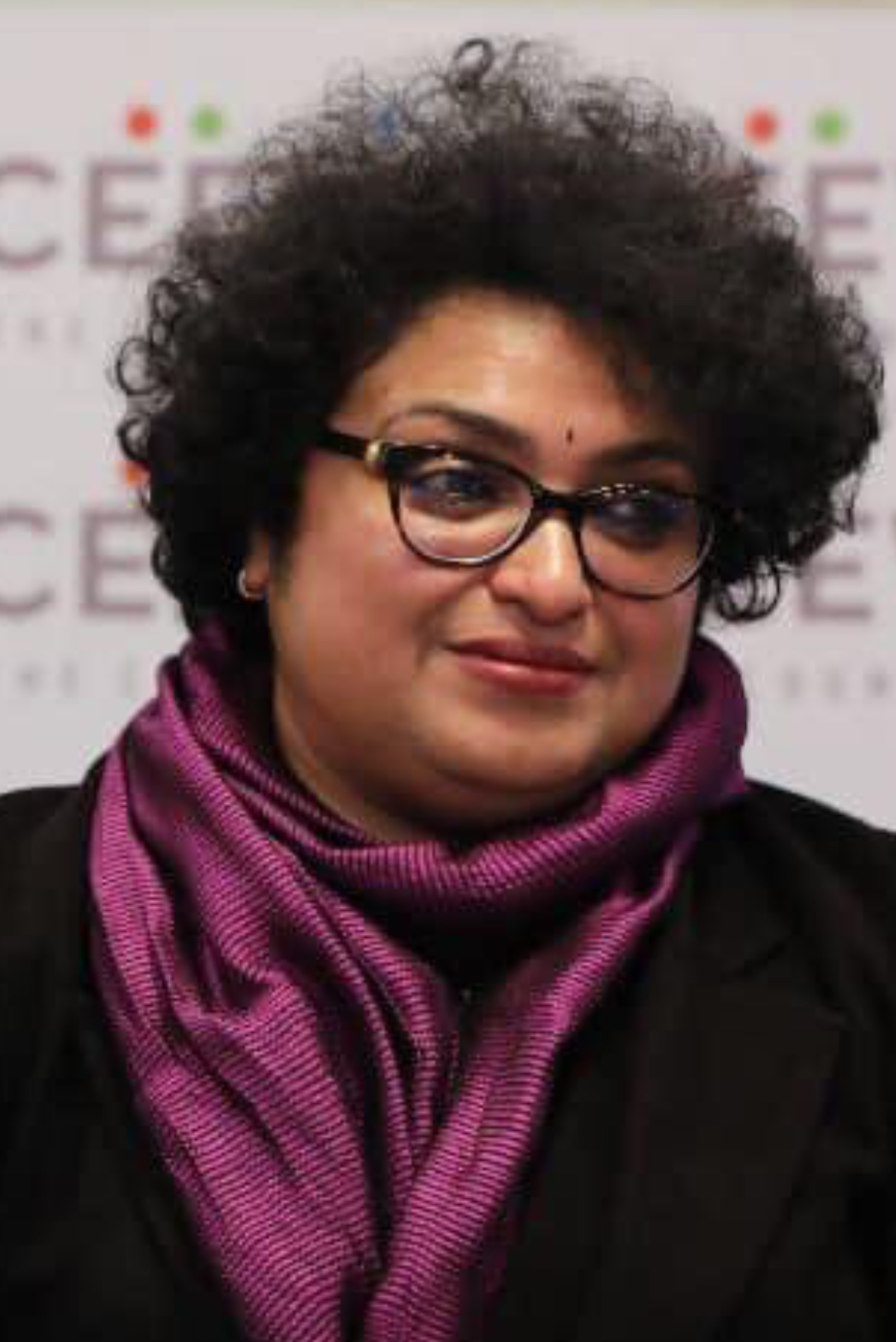The United States Federal Reserve’s (US Fed) decision to raise interest rates by 25 basis points could have a significant impact on global economic growth. The Fed has decided to go “hawkish” this quarter and Fed Chief Janet Yellen’s commentary on future rates hikes has led to negative reaction in Indian markets. This is a substantial rate hike since the 2007-2009 financial crisis. This monetary policy stance by Fed is quite contrary to the tools they dealt with during the financial crisis period when the Fed had cut policy rates to near zero and engaged in massive “quantitative easing” i.e., bond purchases to stabilize the US economy.
Higher interest rates announcement in US will make “hot money flighty” in the emerging markets. Hot money is the capital that instantaneously responds to changes in rate of interest; and hot money flows to the countries where interest rate is relatively higher. This can create turbulence in forex markets through a short term capital outflow into US government bonds as the returns will be higher.
The Indian economy which has been steady despite the prevailing gloom in the West, could suffer some minor pangs in the short term due to the international economic situation; including rising crude prices. The slew of reforms that government has set in during the last few months would help the Indian economy to stay firm. India did well in the backdrop of the financial crisis of 2007-’09 due to its solid moorings.
Last week, during the Monetary Policy Committee (MPC) meeting, the RBI had taken into consideration the impending Fed announcement. RBI retained the policy rates at “status quo”. The central bank, however, has revised the projections of India’s growth rate from 7.6 per cent to 7.1 per cent. RBI has clarified that the downward revision in the growth projections is due to uncertainties emanating from short-run disruptions in view of the “global turbulence of rising oil prices and rising Fed rates”.
The impact of rate hikes by Fed may be adverse in the medium term as Fed has given clear indications for further rate hike. Though the inflationary expectations in US is under control. The US unemployment is coming down to pre-crisis levels. Unlike in India, where the major objective of Central Bank is price stability; in US, Fed Reserve’s objective is to maintain both price stability and low unemployment. So unemployment figures in US play a major role in Fed decisions on policy rates. Specifically, the US Federal Open Market Committee (FOMC) in its statement clearly mentioned that “in view of realized and expected labour market conditions and inflation, the committee decided to raise the target range.”
Simultaneously with the US interest rate hike, the rise of crude prices would add to the global impact. The crude oil prices touched $57 a barrel. This is the highest in the last one and a half years. But the prices of crude slid by more than three percent after the Fed announcement. The Organization of the Petroleum Exporting Countries (OPEC) has signalled a growing oil supply surplus next year unless OPEC members implement their deal to curb output from record levels and outside producers also deliver on cutback pledges.
The Economic Affairs Department of Indian Finance ministry has said that the Indian markets have already factored in the impact of the Fed increase. India’s Chief Economic Adviser Dr. Arvind Subramanian has said that India is well cushioned to absorb the Fed rate hike. He felt that some money could flow from emerging markets to the US. However, India will be less affected than other countries. Another promising thing is that India’s inflation for November 2016 has been pegged at 3.63 per cent, which is the lowest in two years. Dr. Subramanian felt that New Delhi is “less anxious” than other markets.
The macroeconomic adjustments in light of the global developments especially US interest rates and burgeoning oil prices are likely to be reflected in the impending Union Budget in India to be presented in February 2017.
The above article was originally prepared for AIR World Service, External Services Division of All India Radio, New Delhi by Dr.Lekha Chakraborty, Associate Professor, National Institute of Public Finance and Policy. It was broadcast was on December 17th, 2016.
The author is Associate Professor, NIPFP. Click here for detailed profile.
The views expressed in the post are those of the author only. No responsibility for them should be attributed to NIPFP.

